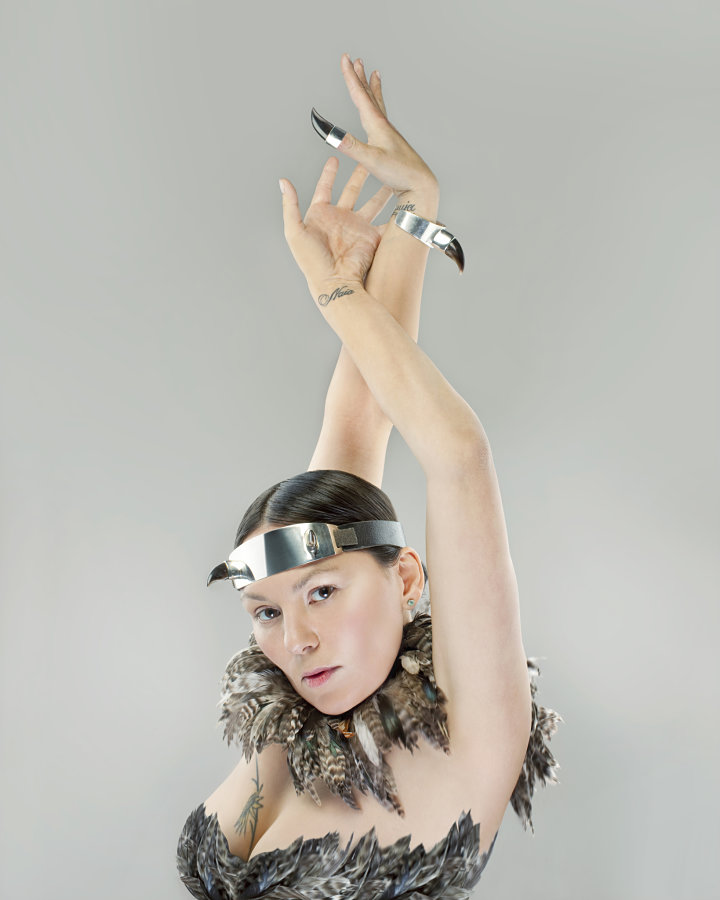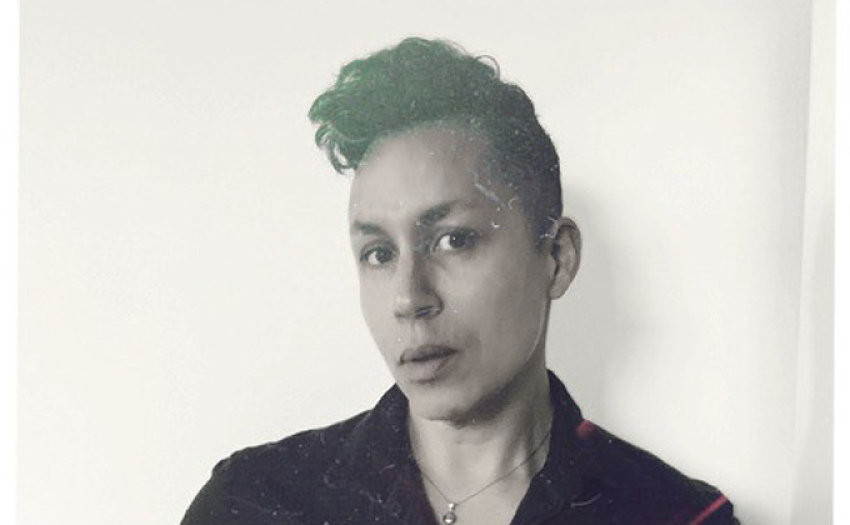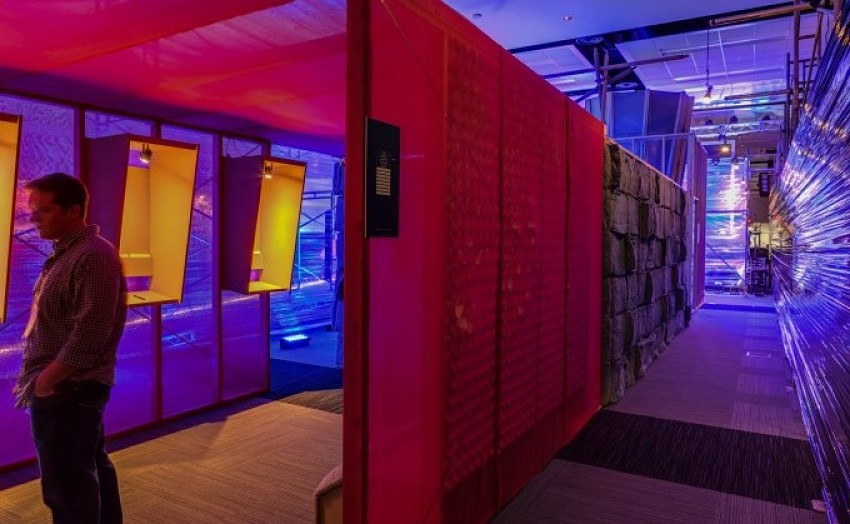AUSTIN: It’s well known that artists in this Texas capital aren’t afraid to push boundaries of what their medium can encompass. Case in point: the annual multi-genre Fusebox Festival, which takes experimental risks in meaningful, community-driven ways. Each year it features 2 weeks packed with performances, installations and conversations, but it’s also made a habit of adding something extra to the mix each time out. Last year, for instance, Fusebox generated a new audience by making every event free. This year, the festival’s new idea was to take a more active stance in the community by participating in an ambitious urban-renewal project.
Austin, like many rapidly expanding cities, has struggled with issues of equity during the process of gentrification, especially at the intersection of the arts and race. Because Fusebox is decidedly a grassroots endeavor, with founder Ron Berry heading a staff he can count on one hand, much of the festival’s efforts are powered by partnerships. This year, Berry and team linked arms with thinkEAST, the Johnston Terrace and Govalle neighborhoods to help to reimagine and reactivate a plot of land east of I-35. If that sounds like it has nothing to do with theatre—well, that’s where you’re wrong.

For the first weekend of the festival, things were Fusebox as (un)usual. In this 11th year of the festival, there was still a strong emphasis on bringing theatre into nontraditional spaces. Opening night took place on the expansive lawn overlooking the Austin skyline behind the Long Center. There, documentarian Sam Green deconstructed his exploration of the Guinness Book of World Records with a little help from New York-based yMusic, which created a live score while Green narrated a piece called The Measure of All Things.
Also in the first weekend, Austin-based Grownup Lady Story Company led a series of unconventional artist talks that fused off-the-cuff conversation with comedy, evincing a genuine interest in the humanity behind the artists creating work for the festival. Elsewhere visitors could take in performances by Tanya Tagaq, a throat singer with Inuit heritage, whose piece employed music and performance as a reclamation of one of cinema’s first documentaries, Nanook of the North. Later in the weekend, New York-based performance artist Daniel Alexander Jones workshopped his latest piece, The Integrator’s Manual, an incisive examination of American assimilation. That same week he was announced as one of this year’s Doris Duke Performing Artists.

While the lineup at a festival like this lacks any overarching thesis or theme, an intriguing zeitgeist always emerges from the festival programming, and that was certainly true this year. If in the first weekend the pieces seemed to share an interest in the way that theatrical performance can poke holes in socially constructed segregation or exploitation, the second weekend seemed to focus on finding solutions to the issues brought up.
“We wanted to focus on the big issues Austin is facing right now,” Berry said over coffee. “Both our artists and longtime residents are facing displacement, and this project focuses on dealing with those issues in a responsible and a sustainable way.”
Indeed, much of the second weekend took place on a 24-acre plot of land in the largely Latino neighborhood of East Austin which for decades was used as storage facility for jet fuel. The landowners approached Fusebox about creating a living “charette”—a place where artists could live, work, create, exhibit and perform. Earlier this year, the project was awarded a $400,000 ArtPlace America grant, During the festival, the land was turned into a pop-up village where audience members participated in the process by sharing thoughts on what they would return to see if it were in the space. The idea was first to educate the visitor on the history of the site, offer a preview of the kind of performances and events that might be in store for the facility, then send visitors back to the festival hub at the Off Center for the evening’s performances.

Like any long-term project, thinkEast is likely to be something Fusebox audiences—and Austinites—will watch unfold for years to come. The living charette, in fact, is meant to be an 18-month process encompassing numerous conversations with the project’s stakeholders, as well as public input from members of Austin and beyond. It’s living theatre at its finest, extending the ephemeral nature of the two-week festival into something designed to impact the community year-round. How typical of Fusebox that with this partnership it has crossed even the boundary of its own limited-time presence.
Lauren Smart is an arts writer and educator based in Dallas.


